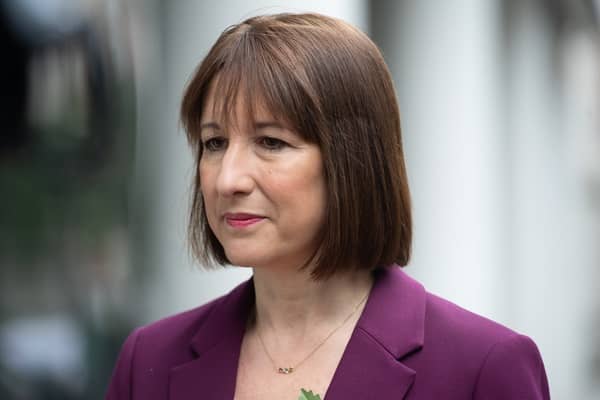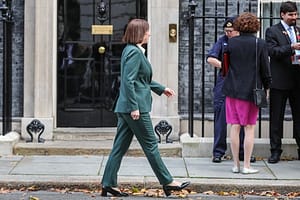The UK economy is facing considerable domestic and international headwinds that are set to weigh on growth prospects this year and into next, according to the Confederation of British Industry’s latest Economic Forecast published on Wednesday.
While the economy began 2025 on a strong note, our surveys suggest that underlying activity remains sluggish due to persistently weak demand and gloomy sentiment.
Higher employment costs following the Autumn Budget are feeding into decisions around pricing, capital expenditures, and hiring, while higher US tariffs are set to create headwinds for exports and investment.
Activity is expected to gradually strengthen on a quarterly basis over 2026, as household spending is supported by real incomes growth, lower interest rates, and easing inflation. However, elevated labour costs and global economic uncertainty will weigh on business investment.
The CBI’s latest UK Economic Forecast shows that:
- UK GDP growth in 2025 is projected to be 1.2% – a downgrade from our December forecast of 1.6%.
- Growth in 2026 is projected to be 1.0% – also down on our December forecast of 1.5%.
- Higher employment costs are hitting hiring and business investment plans, and are also expected to push up prices, reduce margins, and weigh on pay growth.
- Business investment is expected to be weak, reflecting the impact of higher labour costs and global uncertainty.
- US tariffs hikes pose a modest headwind to UK output, primarily through reduced exports, dampened investment, and financial market volatility.
- But in 2026, the economy will gradually improve quarter by quarter, helped by rising consumer spending on the back of recent real income gains, lower interest rates, and falling inflation.
Louise Hellem, Chief Economist, CBI, said, “Our latest Economic Forecast underlines the challenges facing businesses and the wider economy as they’re buffeted by domestic and global headwinds. The unpredictable global outlook combined with rising employment costs, gloomy business sentiment, and subdued investment intentions means it’s more important than ever that government pulls all the levers it can to set the UK on a path to sustainable growth.
“The Spending Review signalled a downpayment on hardwiring the growth mission into government priorities, with targeted investment that will raise the long-term ceiling of the economy. But we know that the innovation, investment, and jobs necessary for growth will come from business, not Whitehall, and that government must work with business to create the right conditions to help shift the economy out of low gear.
“With GDP set to remain modest in 2026, there is an important opportunity for the government to fire up the growth agenda in the forthcoming Industrial Strategy. With the cumulative burden of increased costs being felt by firms across the economy, it is vital the Industrial Strategy helps drive a thriving environment for all businesses.
“A missing part remains a joined-up people strategy to make sure our industries have the skills and the labour needed to go after growth opportunities. Unlocking investment through a comprehensive skills strategy, funding the Growth & Skills levy, tackling high energy costs for UK firms, and setting out a national strategy on tech adoption could help to establish a reinvigorated partnership model for effective collaboration between both government and business.”






Leave a Comment